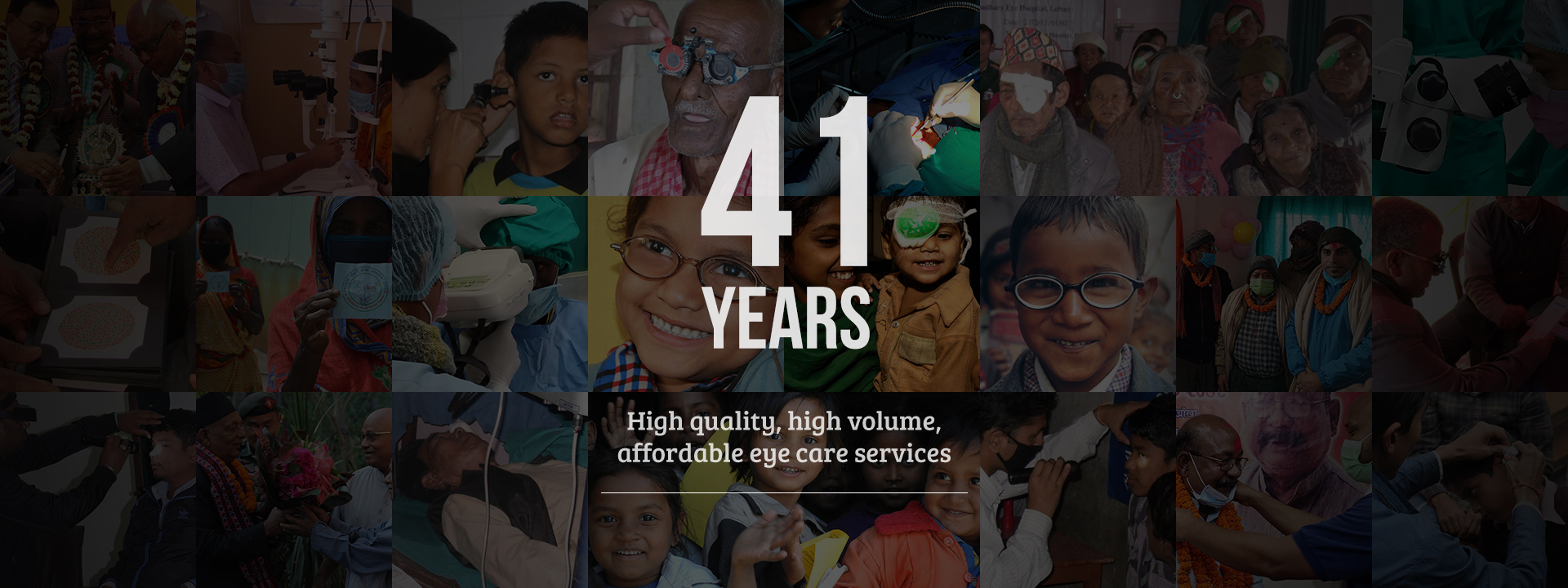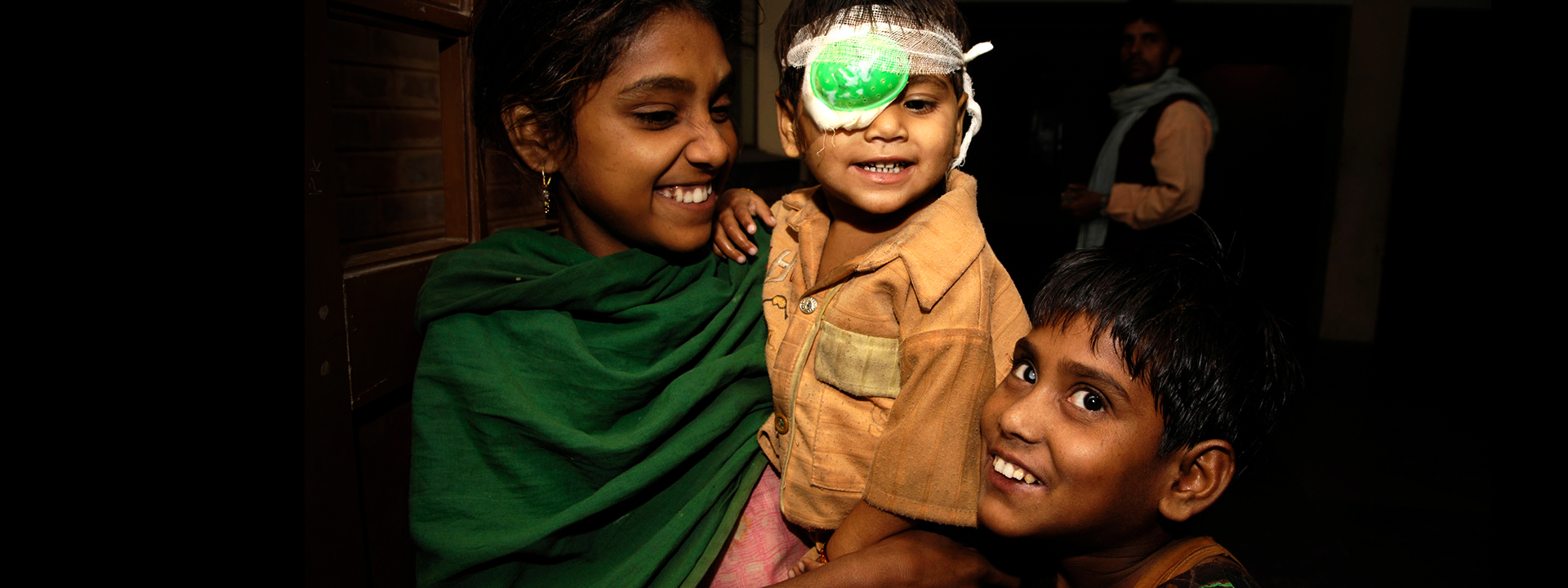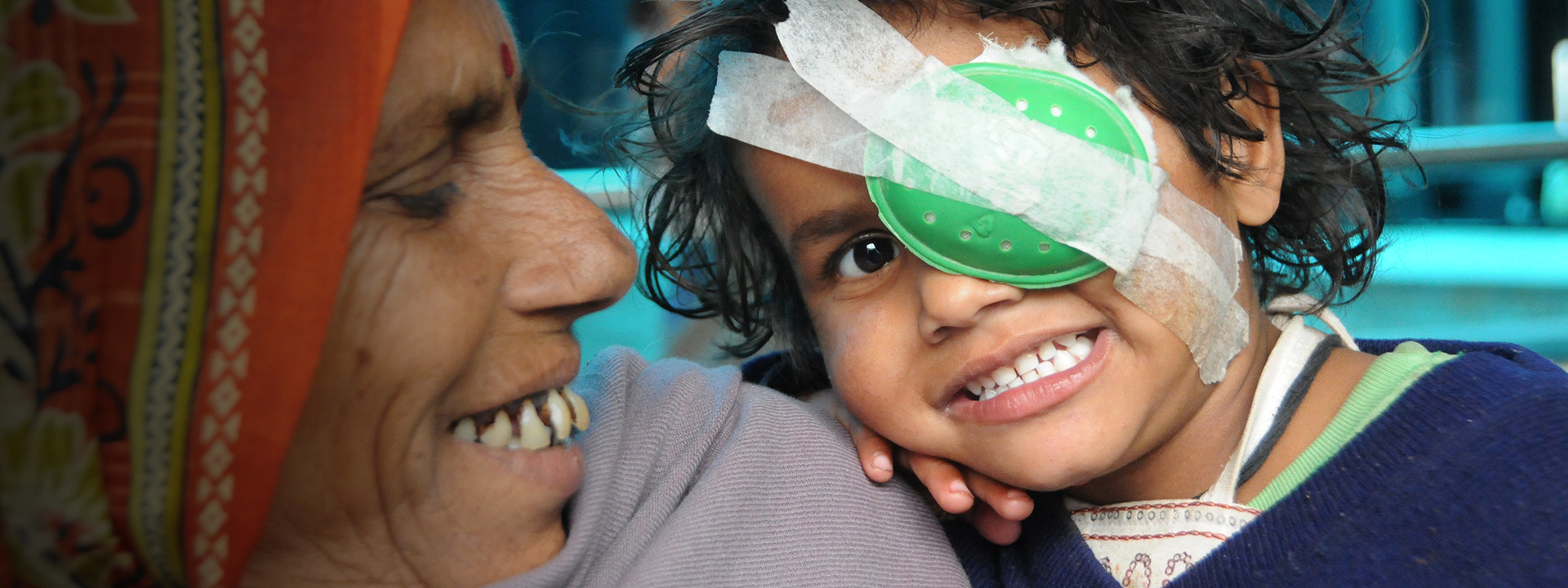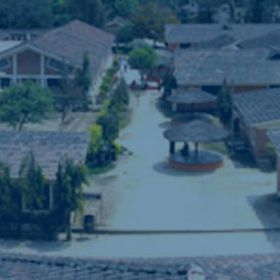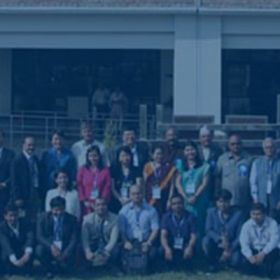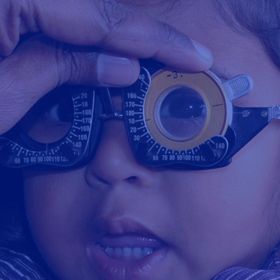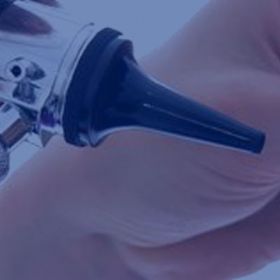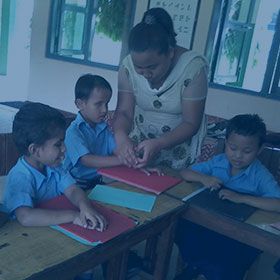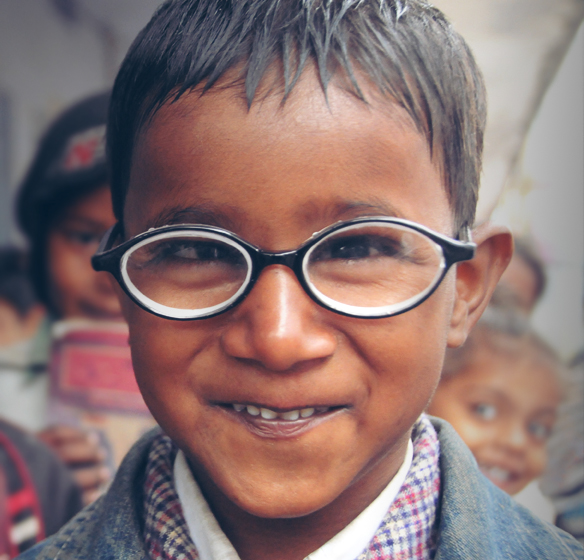Being a community based hospital our aim is to provide good quality and high volume service at an affordable cost. Patients requiring surgery can choose between different in-patient facilities with charges varying accordingly.
Eye operations are performed in the following facilities:
- 5 Operation theatres with 28 surgical tables
- 12 Microscopes, 4 with video facilities
- 9 Phacoemulsification units
- Vitrectomy unit with wide-angle viewing system (BIOM)
- ECG and pulse oxymetry for pediatric patients
- Oxygen concentrator
- Cryo unit
- 2 Suction machines
- 2 Ultrasound cleaner
- 1 Air compressor
- 5 Electric autoclaves
- 1 ETO Sterilization
- 2 Live surgery video demonstration system with two way audio conference
Cataract Surgery (Adult)
- Small Incision Cataract Surgery (SICS) Fishhook Technique Click here for Video
The cataract is removed manually through a small, self-sealing incision using a specially designed hook and an intraocular lens implanted. The small incision heals fast, allowing quick visual recovery.
- Phacoemulsification Click here for Video1 and Click here for Video2
The cataract is fragmented and emulsified using ultrasonic vibrations and aspirated. This requires only a very small incision, through which a foldable intraocular lens is inserted. This is the most advanced technique of cataract removal and allows faster and safer healing and visual recovery.
- Biometry (Intraocular lens power measurement)
- Surgery: On the same or the day after admission
- Hospital stay:Overnight after surgery
- Local patients or those who want to go home are allowed to go immediately after surgery (they need to come next morning)
- Discharge:On the first post-operative day
- Post-operative medicines are given
- In bilateral cataracts, the other eye may be operated during the same hospital stay.
- Patients are advised to return for follow-up: 6 weeks after surgery
Fee:
SICS with PC IOL: NPR 1,200 (General Ward); 4,400 (Private Ward); 6,400 (Private Cabin)
PHACO with PC IOL: NPR 8,000 (Private Ward) , NPR 10,000 (Private Cabin)
PHACO with Foldable IOL: NPR 10,000 (Private Ward), NPR 12,000 (Private Cabin)
PHACO with Foldable Hydrophobic IOL: NPR 16,000 (Private Ward), NPR 18,000 (Private Cabin)
PHACO with Foldable Acrysof IOL: NPR 24,000 (Private Cabin)
PHACO with Foldable Acrysof IOL IQ: NPR 32,000 (Private Cabin)
PHACO with Foldable Hydrophilic multifocal Indian IOL: NPR 35,000 (Private Cabin)
PHACO with Foldable Hydrophobic multifocal Indian IOL: NPR 64,000 (Private Cabin)
PHACO with Foldable Hydrophilic Multifocal Foreign IOL: NPR 110,000 (Private Cabin)
Cataract Surgery in Children (up to 15 yrs) Charge: NPR 8,000
Children with cataract should be operated as early as possible to enable normal visual development. The standard surgical procedure is extra capsular cataract extraction with primary posterior capsulorhexis, anterior vitrectomy and posterior chamber lens Implantation
Click here for Video
- Biometry
- Surgery: One day after admission
- Bilateral cataract: Both eyes may be done during the same hospital stay
- Discharge: 3-4 days after surgery
- Required spectacles are provided
- Post-operative medicines are given
- Parents are advised to return with their children for Follow-up : 1, 3, 6, 12 months after surgery
Glaucoma Surgery
Surgery should be done as early as possible to prevent further deterioration of vision.
- Surgery: On the same or one day after admission
- Discharge: On the 2nd post operative day
- Post-operative medicines are given
- Patients are advised to return for follow-up : 3 weeks after surgery
Corneal Surgery
- Keratoplasty
- PERFECT
- AMG
- PTERYGIUM EXCISION
Retinal Surgery
- PPV
- SCLERAL BUCKLING
- SOR
- INJ. AVASTIN
Lacrimal Surgery
- Dacryocystorhinostomy (DCR)
A passage is created between the lacrimal sac and the nose.
- Dacryocystectomy (DCT)
Removal of the lacrimal sac in toto.
- Surgery: One day after admission
- Discharge: On 2nd post-operative day
- Patients are advised to return for follow-up: 1 week after surgery
Retina
Special focus on Diabetes: High blood sugar damages blood vessels of the body. Retina vessels are particularly sensitive. Diabetic retinopathy can lead to severe visual impairment and retinal detachment. Therefore early treatment is the only way to preserve the sight.
Retinal Diagnostic and Treatment available:
- Diagnostic A-SCAN & B- SCAN
If media opacities hinder a proper fundus examination this assessment is done in order to evaluate the posterior segment of the eye
- Fundus photography
- Digital Fluorescein angiography (FFA) Photography of the retina with a dye to study details of retinal blood vessels
- Retinal laser for treatment of diabetic retinopathy, retinal vein occlusion, retinal break and retinal detachment
- Transscleral Cyclophotocoagulation
- Laser procedure for Glaucoma treatment
- OCT evaluation for detection of retinal disease
Pediatric
Children Friendly Pediatric Ward:
- Visual acuity testing for children (CAT, LH-Test)
- Orthoptic services
- Evaluation and provision of glasses in refractive error.
- Evaluation and treatment of amblyopia.
- Evaluation and provision of low vision devices
- Free distribution of vitamin A capsules to children with xerophthalmia.
- Post-operative follow-up on children after cataract surgery.
- Squint Evaluation and Treatment
Cornea
Cornea Transplantation / PK
Corneal Ulcer
- Detailed corneal ulcer work up and management.
- Corneal ulcer scraping facility with Gram’s stain and KOH mount.
- Free admission of corneal ulcer patients in corneal ulcer ward.
- Tissue adhesive and Bandage contact lens application.
- Patients with severe cornea scarring are counseled on the possibility of cornea transplant
Glaucoma
Glaucoma is a chronic disease leading to blindness if not treated in time and on a regular basis. Equipment to detect glaucoma:
- Tonometry
- Visual field testing with frequency doubling technology (FDT) or Humphrey Visual Field
- OCT evaluation for detection of glaucoma
- Nd YAG Laser iridotomy for glaucoma treatment
Oculoplasty
Oculoplasty department provided a wide variety of services including DCR, DCT, various therapeutic and cosmetic eyelid surgeries, and orbital tumors.
Strabismus
Contact Lens
Contact lens units is referral units in eastern Nepal. Patients with different eye disorders mostly Keratoconus and Myopia received services from the contact lens unit. We offer Spherical Soft contact lens, Prosthetic contact lens, RGP (Rigid Gas Permeable), Rose K2.
Low Vision
Patient's having best corrected visual VA < 6/18 are further evaluated at Low Vision Department. Those who are suffering from LV are advised on the use of visual aids, like special spectacles and magnifiers.
Counseling to incurable blind persons
If patients are found to be incurable blind, they receive counselling on orientation and mobility and on possibilities to earn income, e.g. through handicraft. Parents of blind children are counselled on integrated schooling for blind children.

